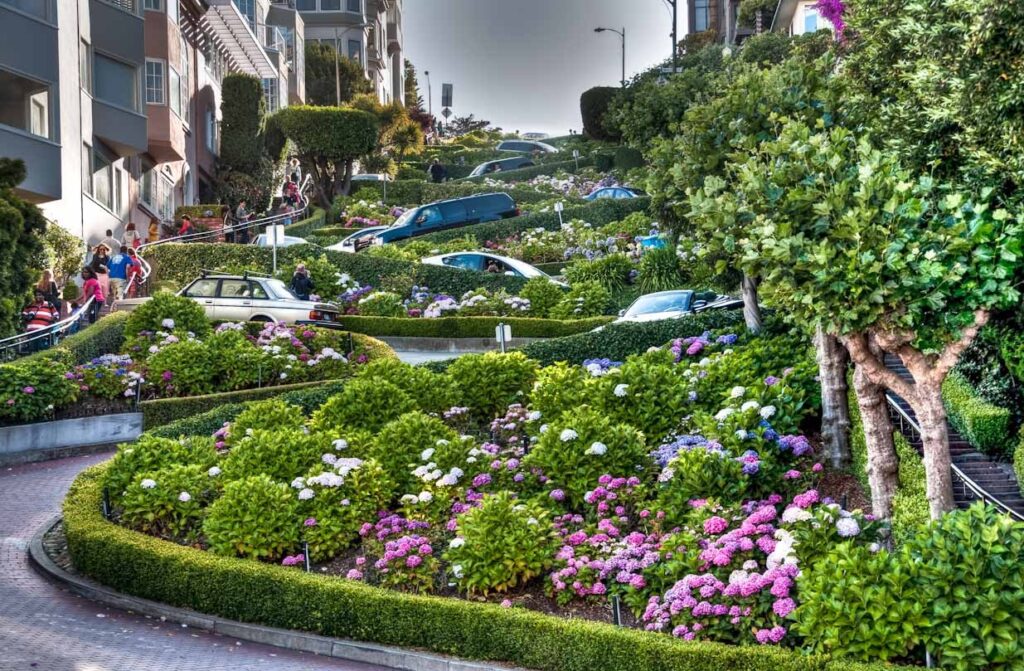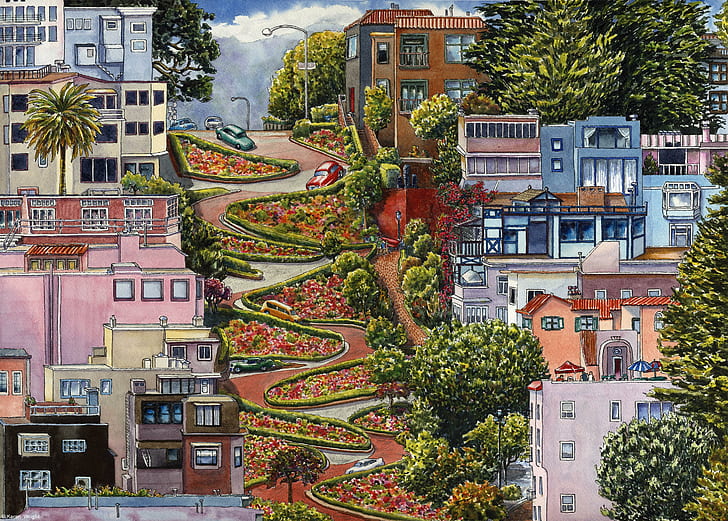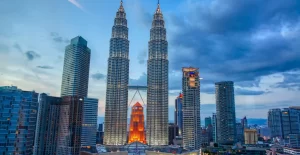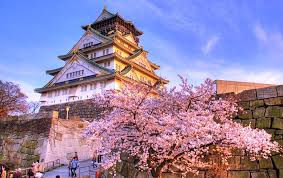Nestled in the heart of San Francisco, California, Lombard Street is one of the city’s most famous landmarks. Known for its steep, winding path, Lombard Street has earned the nickname “The Crookedest Street in the World.” This unique and iconic street attracts thousands of tourists each year who come to marvel at its eight sharp turns, lush landscaping, and captivating views of the city. But Lombard Street is more than just a tourist attraction—it’s a fascinating piece of history and a testament to San Francisco’s distinctive charm.
The Geography and Layout of Lombard Street

Lombard Street stretches for twelve blocks through the Russian Hill neighborhood, but the most famous section spans just one block between Hyde Street and Leavenworth Street. This one-block section is what makes Lombard Street famous, with its eight tight, hairpin turns winding down a steep 27-degree hill togelup.
Designed to reduce the hill’s natural grade, the winding section of Lombard Street was created to improve safety for vehicles and pedestrians. The brick-paved street is flanked by beautiful flower beds that bloom seasonally, making it one of the most photographed streets in the city. The carefully maintained greenery, coupled with the street’s twists and turns, creates an unforgettable visual experience for visitors.
The History of Lombard Street
The story of Lombard Street began in the early 20th century, as cars started to become more popular in San Francisco. The city’s steep hills posed a challenge for drivers, as vehicles of that era were not equipped with the advanced braking systems we have today. The section of Lombard Street between Hyde and Leavenworth was particularly problematic, with a steep grade that made it difficult for vehicles to navigate safely.
In 1922, a local resident named Carl Henry proposed the idea of creating a series of sharp turns on the hill to make it easier to traverse. The project was completed in 1923, and Lombard Street was officially transformed into the winding, brick-paved road we know today. The street quickly became an attraction for locals and visitors alike, drawn by its unique design and picturesque views.
Design and Construction
The layout of Lombard Street was specifically engineered to address the steepness of the hill. The design includes eight hairpin turns, which reduce the grade from 27 degrees to a more manageable 16 degrees. These turns are not only practical but also add to the charm and uniqueness of the street. Each curve is meticulously landscaped, featuring colorful flowers like hydrangeas, azaleas, and other seasonal blooms.
The construction of Lombard Street involved paving the road with red bricks, which help improve traction for vehicles navigating the tight turns. The street also features a set of stairs on either side for pedestrians, allowing them to enjoy a leisurely stroll while taking in the scenery. Over the years, the city has made various improvements to the street, such as installing better lighting and maintaining the landscaping, to ensure that Lombard Street remains a safe and enjoyable destination.
Cultural Significance and Popularity
Lombard Street has become a symbol of San Francisco’s quirky and vibrant character. The street is often featured in films, television shows, and advertisements, further cementing its status as an iconic landmark. It has appeared in movies like What’s Up, Doc? and Ant-Man and the Wasp, as well as in popular video games and other forms of media.
The street’s popularity has also led to it becoming a major tourist destination. Each year, millions of visitors flock to Lombard Street to take pictures, drive down its winding path, and experience its unique charm. The street is especially busy during peak tourist season, from spring to fall, when the flower beds are in full bloom and the weather is perfect for sightseeing.
Traffic and Crowd Management
The high volume of visitors to Lombard Street has created challenges for both the city and local residents. Traffic congestion, noise, and litter have become ongoing issues, prompting the city to explore various solutions. In 2019, San Francisco introduced a reservation and fee system for cars driving down the street during peak hours, aimed at reducing congestion and improving the experience for both residents and visitors.
The system requires drivers to book a time slot and pay a small fee to access the street, which helps to limit the number of vehicles and manage traffic flow. This measure has been met with mixed reactions, but it has helped alleviate some of the pressure on Lombard Street. Additionally, the city has implemented increased police presence and signage to direct pedestrians and vehicles, ensuring that everyone can safely enjoy the experience.
The Impact on Local Residents

While Lombard Street’s fame has brought economic benefits to the area, it has also impacted the lives of local residents. Those living along Lombard Street and in the surrounding Russian Hill neighborhood often face challenges related to noise, traffic, and privacy. The constant flow of tourists can make it difficult for residents to access their homes or enjoy a quiet day.
In response, the city has worked with residents to find ways to mitigate these issues. Initiatives such as the reservation and fee system, along with increased security measures, aim to balance the needs of tourists with those of local residents. Many residents have also taken steps to adapt, such as installing noise-reducing windows or participating in local advocacy groups to voice their concerns.
Sustainable Tourism and Preservation Efforts
As one of San Francisco’s most popular tourist destinations, Lombard Street has also become a focal point for discussions about sustainable tourism. Maintaining the street’s unique character and natural beauty requires ongoing effort and investment. The city regularly conducts maintenance work to preserve the brick paving, stairs, and landscaping, ensuring that Lombard Street remains safe and visually appealing.
In recent years, there has been an increased focus on sustainable tourism practices to reduce the environmental impact of visitors. Efforts include encouraging the use of public transportation to reduce vehicle emissions, as well as promoting responsible behavior among tourists. The city also works with local businesses and organizations to create awareness about the importance of preserving Lombard Street for future generations.
Future of Lombard Street
Looking ahead, Lombard Street will likely continue to evolve as the city adapts to changing tourism patterns and environmental considerations. While the street remains a beloved attraction, it also serves as a reminder of the need for balance between tourism and community well-being. San Francisco’s ongoing efforts to manage traffic, protect the environment, and support local residents reflect a commitment to preserving Lombard Street as a cherished landmark.
In conclusion, Lombard Street is much more than just a crooked street—it is a symbol of San Francisco’s innovation, charm, and resilience. From its early days as a practical solution to a steep hill, Lombard Street has grown into one of the most recognizable landmarks in the world. As tourists and locals alike continue to enjoy its beauty, the street will remain a testament to the city’s unique character and enduring appeal. Whether you’re visiting for the first time or have walked its twists and turns many times before, Lombard Street offers a glimpse into the heart of San Francisco and the spirit of its people.
Also read other interesting articles about Sosis Bakar: Sensasi Rasa Gurih yang Menggugah Selera here









